Travelling Medicine: United Kingdom
Since starting this blog just over a few months ago, this will be my first entry on travelling medicine, sharing the local treasures you can use if you find yourself in need of some medicinal food whilst visiting somewhere away from home. We went on our yearly trip to the U.K. for just over a week this summer. Each time we change it up a bit between our visits to friends and family to see a new corner of this lovely country. Last year my Welsh craving was satisfied (gorgeous) and this year it was Cornwall in between going to Selsey (in Sussex) and Bristol (close by to the Cotswolds). Unfortunately, we didn't get to pass through London as we usually do but we'll be back soon enough. Lucky for us the trip coincided with lots of sunshine and only one day of rain which came in time to break up the heat a bit. While people complain about the greyness and the rain in the U.K., it really makes for an incredibly lush and green country. I was in heaven with all the vibrant garden colors, flowers, farm stands, windy little green country roads, and on and on. Below are a few of the medicinal treasures we personally encountered along the way, but there are many more which I'm sure I'll share in future trips back there.
While the tasty crisps on either side of the elderflower presse are not medicinal in any shape or form, they do feed the soul when you crave interesting crisp flavors that aren't available in the U.S. As for the elderflower presse, this does provide medicinal value, edlerflower or Sambicis nigra is excellent in treating common colds and hayfever.
Given that all the flowers were in full bloom in the U.K. hayfever certainly wouldn't be out of the question and imbibing an elderflower tincture (found all over the U.K. & Europe, N. America, and in W. Asia) would be an excellent choice. Elderflower begins to blossom between May and June so if I had felt either of those two maladies I might have very well made my own tincture, instead I kept buying this wonderfully tasting drink found in many forms in all the stores. You should not eat the flowers or berries raw as they contain a mild poison which is only rid of by cooking. The flowers are used more for hayfever and the berries for colds. If you were to truly use it as a medicinal you would look for an already prepared elderberry tincture or extract (or make it yourself). Below is a picture of an elderberry plant courtesy of http://www.cookery-container.co.uk/, I unfortunately only came across elderflower juices and wines but I have a feeling if someone who was in the know had been with me on our country walks, I would have been introduced to an elderberry plant as it looks familiar to me.
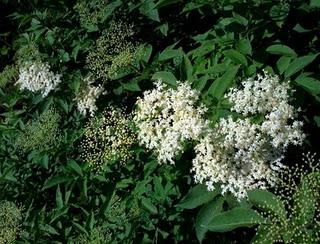
Elderflower plant.
One of the many stunning English gardens we enjoyed on our trip, filled with roses.
If you thought roses were just good for smelling, you will be happy to know they have more uses than the olfactory. Wet roses petals can be put on cuts and sores and they form a natural healing bandage. If you have sore eyes you can soak the petals in hot water and use this to wash your eyes with. These are just a few of the simpler uses as the branches and stems of the rose plant are also very useful for things such as menstrual cramps, colds, and fever. Here is a wonderful website on how to grow roses and a bit about the history of one of the most revered flowers in our world.
A gorgeous little carrot grown by our friends in their garden. Carrots are said to be good for cleansing your intestines, as a diuretic treatment (1 tspn of carrot seeds per cup of boiling water), carrot leaves with honey are good for sores or cuts, and carrots can also be used as an anti diarrheal.
Champagne with hibiscus.
Munching on the sweet candied hibiscus.
Close up of the lovely candied hibiscus flower which they apparently sell in fancy shops in the U.K. in syrup for cocktails and drinks. As you might recall I wrote an entry a little while ago on hibiscus flowers and their medicinal uses, one of them being for hypertension.
One of the many wonderful farmers markets we stopped at on our drives, filled with seasonal and local produce. I found that the value of eating seasonally has really come back into fruition in the U.K., every menu and everywhere I read about food I noticed the widespread demand for seasonal and locally produced food. Nothing can actually be more medicinal than eating in this manner, where you skip the processing and storing of food in shrink wrapped plastic, all the while diluting it's true essence.
Inside the farm stand.
Early potatoes are being harvested now. Tasty little starchy taters.
Curly savoy cabbage - great medicinal which I also wrote about here.
Cornish pasties which someone told me were created as a means for coal miners to eat their meat and potatoes with their not so clean hands - they could hold the thick shell and gulp down the yummy insides.
Freshly baked pasty.
The gorgeous path from our hotel to the little town, we likely passed some elderflowers along the way but I had no one to confirm it for me. However we did find some stinging nettles along the way.
You can find stinging nettles (Urtica dioica) all over the U.K. If you happen to be suffering from joint pain, muscle pain, ezcema, UTI's, hayfever, gout, or anemia you can pluck some of this plant (using gloves to avoid being stung by the irritating small spines) and then boiling it into a tea. The University of Maryland has a good website with dosages and preparation information.
Fresh caught Cornish shrimp with roe.
Roe and shellfish in general have been used for fertility enhancement in many cultures, and they also happen to taste delicious.
Cornish dairy is absolutely incredible and the butter (which I normally don't care much for) was impossible to resist. Butter is considered one of the few medicinal dairy products used in treating people with very cold and deficient constitutions. In Ayurvedic medicine they use clarified butter or ghee which is used to increase digestive capabilities. I highly recommend the Cornish butter, regardless of whether you are weak and in need of it for your medicinal benefit!
Along the way from St. Austell to St. Ives in Cornwall we stopped at the Cyder (Cider) Farm. They had many cider products here, one of which was non-distilled raw cider vinegar. Cider vinegar in this form (non-distilled and raw) is excellent in harmonizing an acidic stomach with just a spoonful or two a day, and especially if you were stopping along the way in pubs and having heavy meat-laden English pub fare!
Cider making facility.
As I've already mentioned a few times in my gin and medicinal wines posting, liquors were almost all originally medicinal in nature. Pimm's, the English made liquor, was made by James Pimm in the early 1800's as a medicinal gin from herbs and quinine (the ingredients may have changed since then) and was used to aid digestion. Along with a few friends to help us out, we partook in this tasty summer drink with a bit of lemonade (or sprite), some cucumber, fresh mint, and an assortment of other ingredients depending on the day.
One of the many pimm's imbibed on the trip! This one had orange and mint in it.
My hubby had a rash on his leg which was taken care of by this U.K. product called Witch Hazel. I had never seen it before but apparently it is also available in the U.S. and is found growing (the plant which is also known as spotted alder, tobacco wood, and snapping hazel) in the Eastern and Southern U.S.
Not only are there farm stands but many of the cities in the U.K. are providing allotments where the residents can grow their own vegetables. Our friends took us to see theirs in Bristol. Apparently there is a wait list to get an allotment since people are becoming more and more inclined to participate in their own food production. I have to say there is a deep satisfaction in growing your own food and knowing what is in season. I tasted some of their sweet peas and not to be cliche but they were sweet indeed!
Red beets in the ground. I wrote about them here. I found red beets featured in many of the menu's in the U.K., anywhere that appreciates a beet is a good place to be.
Gorgeous head of lettuce.
Their early potatoes in the ground and later in a bowl.
And just because it was something we had and it fed our foodie soul (not our medicinal one), a few pictures of our last English breakfast made every so kindly by one of our good friends who's house we stayed at:
And I have to say, the English dairy, meat, and eggs were sublime compared to the usual stuff we're getting here (in supermarkets). The yolks on the eggs were more orange and the flavor was fresher. The milk was actually milky versus robbed of it's creamy deliciousness.
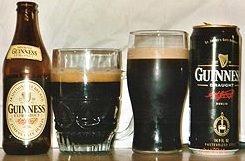
Finally, you may be wondering why one of the favorite beers of the English (though it's an Irish beer) is missing in this posting? Well, it deserves it's own entry as there is much to say about it's medicinal value as well as the different varieties of Guinness. Til' then...



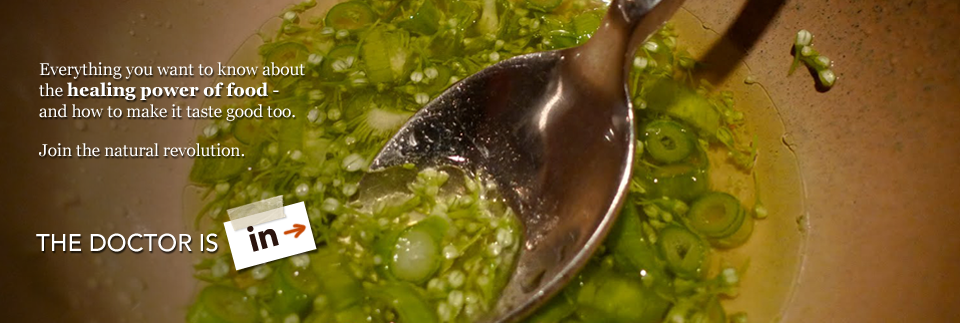
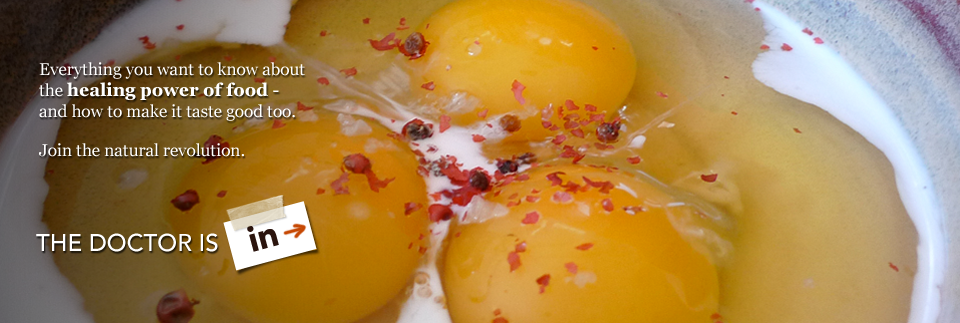
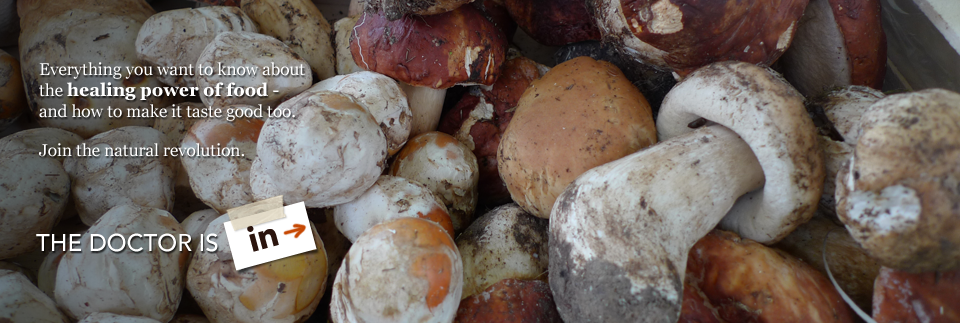
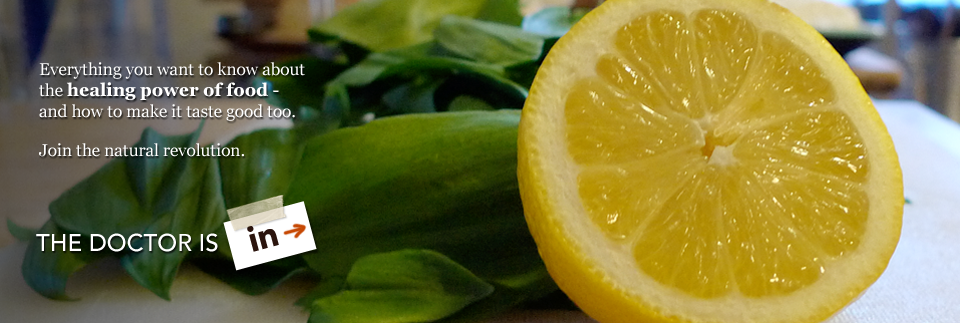

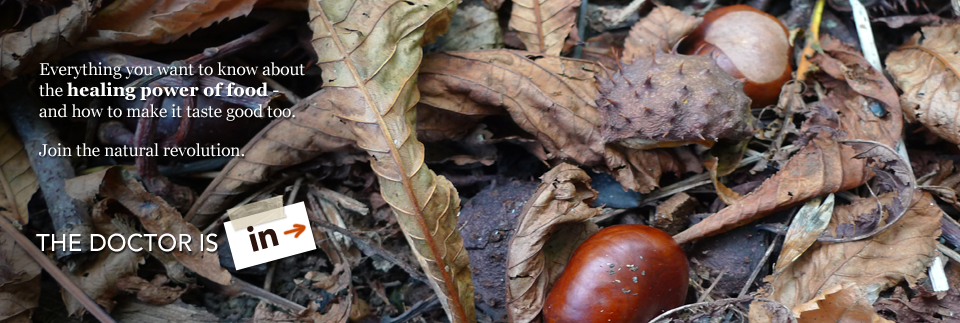
Post new comment